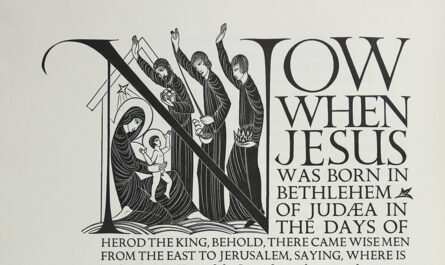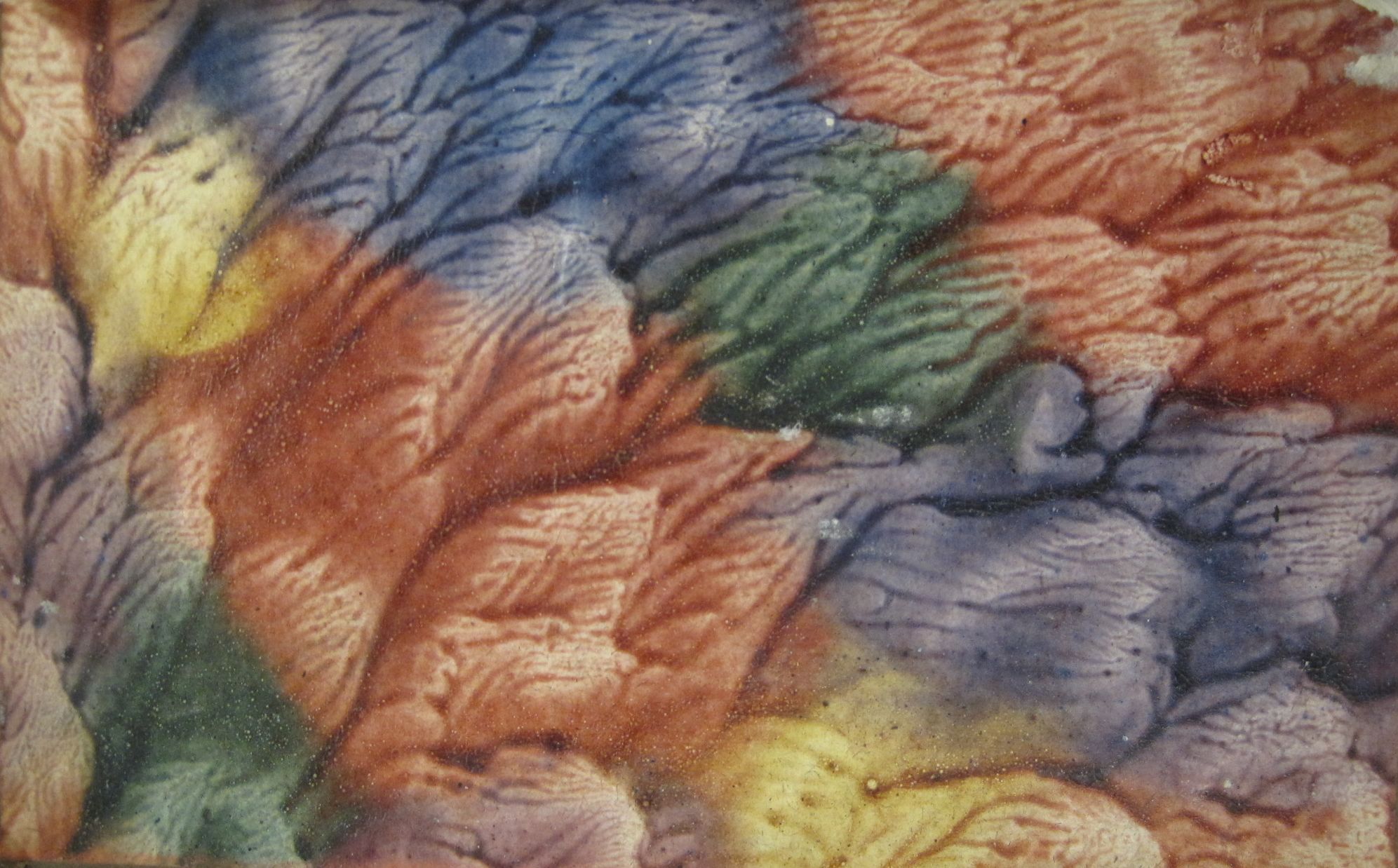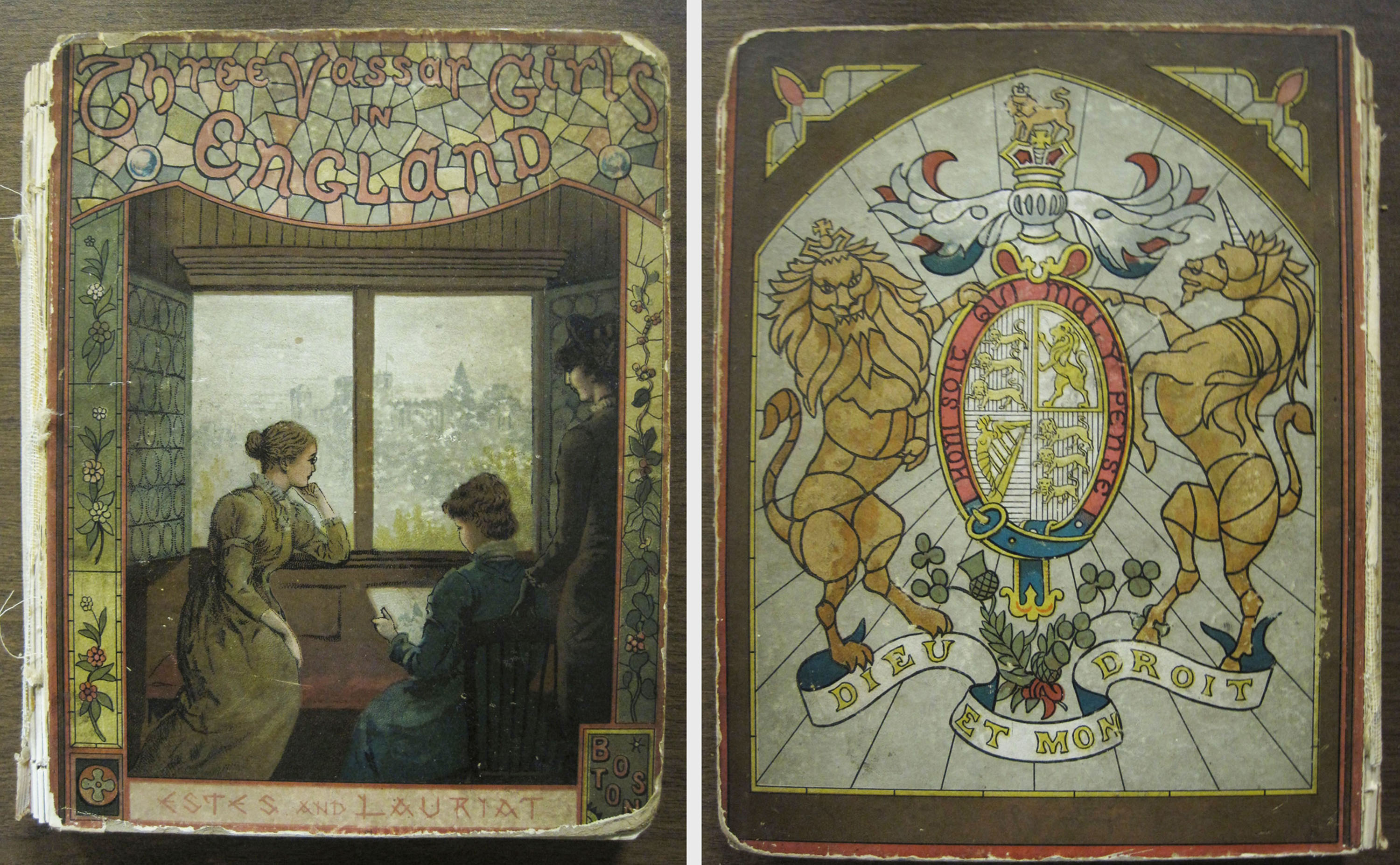Parlor magic, easy-to-learn illusions performed for a small crowd, became a popular form of entertainment during the nineteenth century. This type of performance usually involved short tricks that did not require the elaborate props of large-scale theatrical productions, making it an accessible hobby for children. Manuals aimed at young audiences, like Hocus Pocus, or, The Whole Art of Conjuring Made Easy for Young Persons (1846), instructed children in the art of legerdemain, “…an art, whereby the performer seems to work prodigies and miracles, that are impossible and incredible, by agility and slight of hand.”
Hocus Pocus taught aspiring magicians how to perform various card tricks and illusions, such as cooking an omelet in a hat, tearing a handkerchief in pieces and making it whole again, and turning water into wine. The illusions employed easily attainable household objects and often involved some kind of small chemical reaction, as in the case of the “Changeable Rose.” For this illusion the magician would expose a red rose to burning sulphur, which would temporarily bleach the rose petals white. Immersing the flower in water would then turn it red again. Enjoy some additional entertaining excerpts from Special Collections’ copy of Hocus Pocus below.




